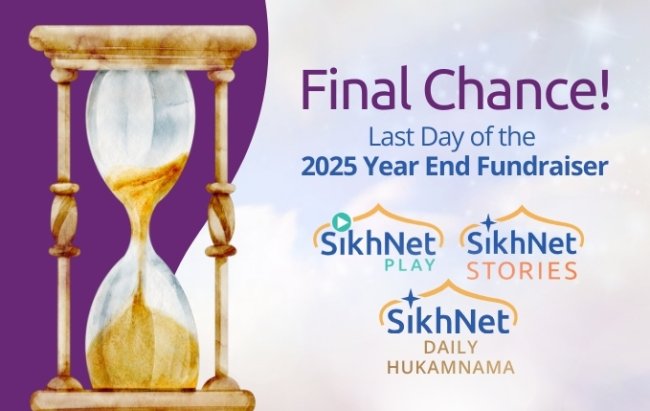 With general elections underway in India, analysts are predicting yet another hung Parliament in which smaller parties could call the shots, anyone could be kingmaker and any kingmaker could be king.
With general elections underway in India, analysts are predicting yet another hung Parliament in which smaller parties could call the shots, anyone could be kingmaker and any kingmaker could be king.
There seems to be no clear majority in sight for any single party or for the two main coalitions — the ruling United Progressive Alliance (UPA) and the opposition National Democratic Alliance (NDA).
A leader with the backing of several political parties with a combined strength of 270 members in the 545-member Lok Sabha, or lower house of Parliament, could become the next prime minister.
In the complex, five-phase polls, an electorate of more than 714 million people are to elect 543 parliamentary representatives from 35 states and union territories, six major religions and several regional languages.
Seven national parties and 39 state-level parties have entered the 15th edition of the elections across India, where Uttar Pradesh, Maharashtra, Andhra Pradesh, West Bengal, Bihar and Tamil Nadu are the most politically important states, accounting for 53 per cent of the total seats.
More than 6 million officials and security personnel will supervise the polling through 1.3 million electronic voting machines at 828,800 stations through to May 13. The results are to be announced May 16.
The two main contenders are incumbent Manmohan Singh, 76, of the Indian National Congress party, which leads the UPA, and Lal Krishna Advani, 81, of the Hindu nationalist Bharatiya Janata Party (BJP), which leads the NDA.
If Congress scores well in the elections, its chief, Italian-born Sonia Gandhi, 62, would be a natural choice for the top job. She is the Congress party’s most popular face and, as UPA chairwoman, managed to keep the alliance together for five years.
But the widow of former prime minister Rajiv Gandhi refused the premier’s post after the 2004 elections amid concerns about her foreign origin and has said she is not in the running in 2009. Critics said she is grooming her son Rahul, 39, as a future premier.
Sonia Gandhi’s stated choice for the current elections is Singh, an experienced economist and a competent bureaucrat. Singh’s biggest strength is his reputation for honesty and integrity. But he underwent heart-bypass surgery recently and is not in the best health.
Singh’s main rival, Advani, is an experienced politician who has been India’s interior minister and deputy prime minister. He is seen as a tough administrator who has promised strong measures on internal security, a major issue in the elections in light of a spate of terrorist attacks over the past two years.
Advani is credited with a major role in the rise of the BJP as a political force in India, partly through his campaign to build a controversial temple to the Hindu god Ram in the northern town of Ayodhya in Uttar Pradesh at the spot where the medieval Babri mosque once stood.
Advani has been trying to play down his Hindu hardline image, but his political allies who were more comfortable with the moderate figure of former BJP prime minister Atal Bihari Vajpayee are wary.
Another major player in the elections is Mayawati, 53, the three-term chief minister of the state of Uttar Pradesh. Her Bahujan Samaj Party represents the aspirations of the Dalit community, the former ‘untouchables,’ who form the lowest rung of India’s archaic caste system.
Dalits form a sizeable constituency but have otherwise had little say in politics and policies despite decades of affirmative action. For them, Mayawati is a symbol of hope and power.

